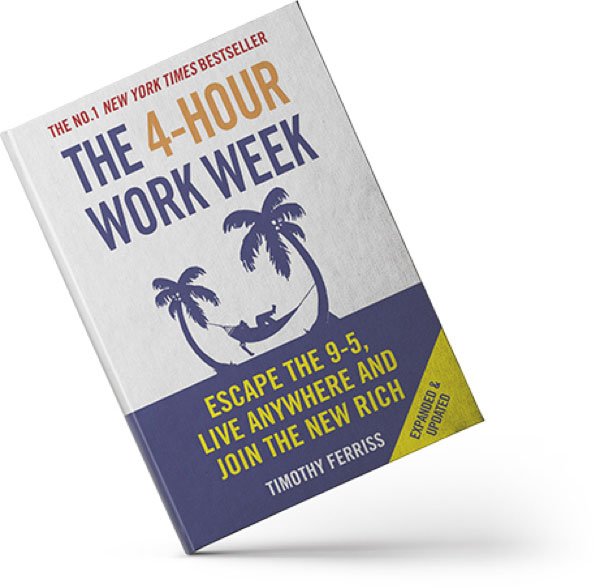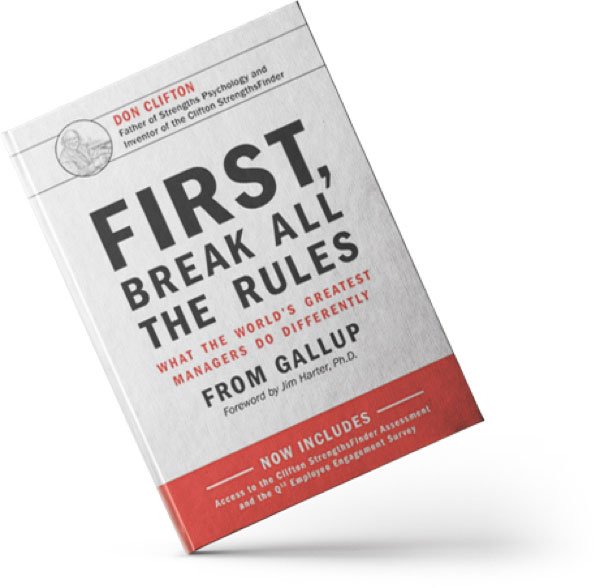To keep pace with green goals, a stomach-rumbling public appetite to recycle, and performance improvements to shelf life and structural strength, the packaging industry is evolving. Fast.
Where there are challenges, change and innovation, often, there’s a lot of R&D. And that’s why the Cooper Parry R&D Incentives team brought together businesses from the packaging industry for a roundtable discussion, covering the potential barriers and significant financial benefits surrounding the move to more recycled content.
On hosting duties, Ece Akser, R&D Incentives Director and ex-packaging technologist, and Rebecca Prince, Senior R&D Incentives Manager and Food & Beverage lead, and as conversation flowed, one topic just kept popping back up: the Plastic Packaging Tax.
WHAT IS THE PLASTIC PACKAGING TAX?
Expected to land in April 2022, the Plastic Packaging Tax will target any plastic packaging (packaging that is predominantly plastic by weight) produced in or imported into the UK that doesn’t contain at least 30% recycled plastic.
By providing a clear economic incentive for companies to use recycled material in the production of plastic packaging, the tax will create greater demand for the recycled material, increasing levels of recycling and collection of plastic waste, and diverting it away from landfill or incineration.
WHO DOES THE PLASTIC PACKAGING TAX APPLY TO?
The tax will potentially impact:
- UK producers of plastic packaging;
- Importers of plastic packaging;
- Business customers of these producers and importers; and
- Consumers who buy goods in plastic packaging in the UK.
HOW WILL IT IMPACT THE INDUSTRY?
THE BARRIERS
As we discussed at the roundtable, bringing in more recycled/recyclable content isn’t a simple change to make. It can cause massive disruption to your supply chain, and one of our guests spoke of the significant challenges they’d faced in their attempts to optimise packaging by looking at single polymer structures and other environmentally friendly solutions.
What’s more, the 30% recycled plastic figure is only the start. You will also have to consider:
- Whether the existing designs can be produced from the new/alternative raw material blends;
- Whether your manufacturing processes can be developed to effectively process these materials; and
- The performance of the packaging – not only from a physical perspective, but also its compatibility with the products it would contain, and how effectively it can preserve shelf-life in the case of food products.
Then came one of the real eyebrow-raisers from the roundtable. One of our guests said that because the cost of the materials needed to comply with the tax were “horrendously high”, they could actually outstrip the tax itself, which may leave some companies with little choice but to pay the tax and shun the 30% recycled material target.
Clearly, the right infrastructure needs to be put in place to support the introduction of the tax, with a reliable source of recycled material being priority number one. And now, with Brexit complicating rules on imports and exports, coupled with the drive to meet net zero carbon targets by 2050, the industry awaits the finalised details of the Plastic Packaging Tax with bated breath.
But, as we said at the top of the piece, where there are challenges, change and innovation, often, there’s a lot of R&D. And that means you could be entitled to some big benefits.
THE BENEFITS (AND HOW TO MAKE SURE YOU DON’T MISS OUT)
Given the time, effort and innovation involved in reaching the desired quality and performance of packaging solutions, it’s important that all packaging (and product) manufacturers are aware of the full breadth of activities that will be eligible for R&D tax incentives.
Often, these qualifying activities are overlooked because they feel like your day-to-day, but as Ece said: “You should be looking at any change that’s happened in your business, across the whole supply chain, and asking, does that have a technological element to it and therefore qualify as an advance for R&D?
“If you’re changing any of your raw materials, you should be thinking about whether this is eligible for R&D incentives too. Even if it’s meant to be a like-for-like alternative, often, these won’t be exactly the same and they could impact the product and the manufacturing process.”
“The production facility improvements that you’re making as well,” Rebecca added, “they often qualify and are missed in a lot of claims. Creating new lines, increasing automation, making the machines work with others etc. – there’s R&D there.”
Of course, it all comes down to understanding the legislation and how your company’s products and processes fit into that in practice. That’s why we have experienced material scientists and packaging technologists in our team, so we can help you to ‘bridge the gap’ between the technical, and the tax.























